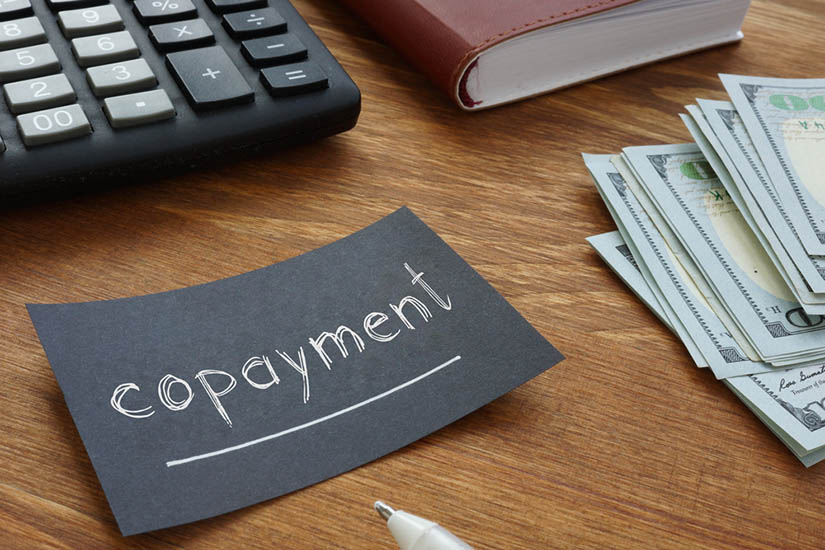In a new study, Danish researchers found that abolishing copayments doubles the amount of 18- to 21-year-olds receiving psychotherapy. This was associated with a 25% reduction in suicide attempts. Also increased was the likelihood of receiving outpatient psychiatric care and antidepressants.
These effects were more pronounced among low-income adolescents, meaning the absence of co-payments likely increases equality of access to mental healthcare.
The researchers write, “We show that after removing co-payment, the use of psychologist treatment almost doubles. We find that this increase involves moderately positive spill over effects on outpatient psychiatric care and on prescriptions of antidepressants. In the heterogeneity analysis we find evidence of higher effects on adolescents from families with lower income, indicating that reduced co-payments may increase equality in access.”
The study was published in Health Economics and led by Marie Kruse at the Danish Centre for Health Economics (DaCHE), University of Southern Denmark.
 The psy-disciplines have had a difficult time in predicting and preventing suicide attempts. The screening designed to catch suicidal ideation early does not prevent hospitalization or suicide attempts, and may expose adolescents to unnecessary treatment. Research has shown that antidepressants increase suicidality and violence in users. Lithium also fails to prevent suicide attempts at a higher rate than placebos.
The psy-disciplines have had a difficult time in predicting and preventing suicide attempts. The screening designed to catch suicidal ideation early does not prevent hospitalization or suicide attempts, and may expose adolescents to unnecessary treatment. Research has shown that antidepressants increase suicidality and violence in users. Lithium also fails to prevent suicide attempts at a higher rate than placebos.
One study has found that school social dynamics greatly influence teen suicide, with researchers pointing to adolescent’s relationships with adults, popularity, close friendships, and school connectedness as all playing a key role. Similarly, another piece of research found that worsening relationships with teachers and bullying in school increase suicidality for adolescents that have previously been hospitalized.
Adolescent sexual minorities are at substantially increased risk of suicide compared to their heterosexual counterparts. Researchers have also found that childhood adversity increases the risk of adolescent suicide. Antidepressant use also increases suicide risk in children with no evidence of benefit. One study found that using antidepressants increased suicide risk by 2.5 times compared to non-users.
An increasing number of researchers and practitioners are calling for a change in the way psy-disciplines attempt to prevent suicide. One United Nations expert has called for a shift away from medical solutions to suicide towards a rights based approached designed to make life more livable. Similarly, other researchers have called for adopting a social justice approach to preventing suicide.
The current work begins by explaining that copayments for mental healthcare are typically higher than for physical healthcare. According to the authors, this results in the undertreatment of mental health conditions. A 2006 study in Denmark found that the most common reason for hospital admission, and one of the most common causes of death for 15- to 34-year-olds was attempted suicide. With 10% to 20% of adolescents reportedly experiencing some kind of mental health condition, many are likely going untreated. The authors suggest that high out-of-pocket payments leads to underutilization of mental healthcare, which in turn leads to an increase in suicidality.
To test this hypothesis, the authors examined data from 1.2 million people in Denmark related to copayments, mental health service utilization, and suicidality. They assessed how eliminating copayments affects psychologist utilization, and investigate “spill-over effects” on further outpatient mental health services, antidepressant prescriptions, and suicide attempts.
In 2018, the Danish government introduced a pilot program that eliminated copayments for people aged 18 to 21 who were referred to a psychologist for anxiety or depression. The authors compared the data associated with this no-copayment group to populations similar in age (16- to 17-year-olds and 22- to 23-year-olds) who still had to make copayments for visits to the psychologist.
Over the course of the study, the no-copayment group saw a psychologist for anxiety or depression at double the rate of the control groups. The no-copayment group also had fewer referrals to psychologists for trauma (a referral that did not require copayment even before the 2018 pilot study). According to the authors, this indicates both that mental healthcare is likely underutilized in populations having to make copayments, and general practitioners were likely making more referrals for trauma, rather than anxiety or depression, prior to the program, due to its status as fully covered without copayment.
The authors report that outpatient psychiatric care for the no-copayment population increased by 7.5% during the course of their study. Antidepressant prescriptions also increased by 11% for the no-copayment group. During the period of this study, suicide attempts for the no-copayment population were reduced by 25% compared to their counterparts that still had to make copayments to see a psychologist for anxiety or depression (9.9 attempts per 100,000 person months versus 7.5 attempts per 100,00 person months).
The decrease in suicide attempts was most pronounced in low-income young men and high-income young women, with low-income men seeing a 69% reduction in suicide attempts and high-income women seeing a 130% reduction when compared to their counterparts who still had to make copayments.
The researchers conclude, “Abolishment of co-payment on first-line mental health care may have a positive impact on mental health and well-being, as measured by reductions in suicide attempts, in a high-income country with high levels of universal coverage. We further conclude that lower co-payments may increase equality in access to care because low-income adolescents tend to gain the highest increases in use.”
****
Kruse, M., Olsen, K. R., & Skovsgaard, C. V. (2022). Co‐payment and adolescents’ use of psychologist treatment: Spill over effects on mental health care and on suicide attempts. Health Economics. https://doi.org/10.1002/hec.4582 (Abstract)














